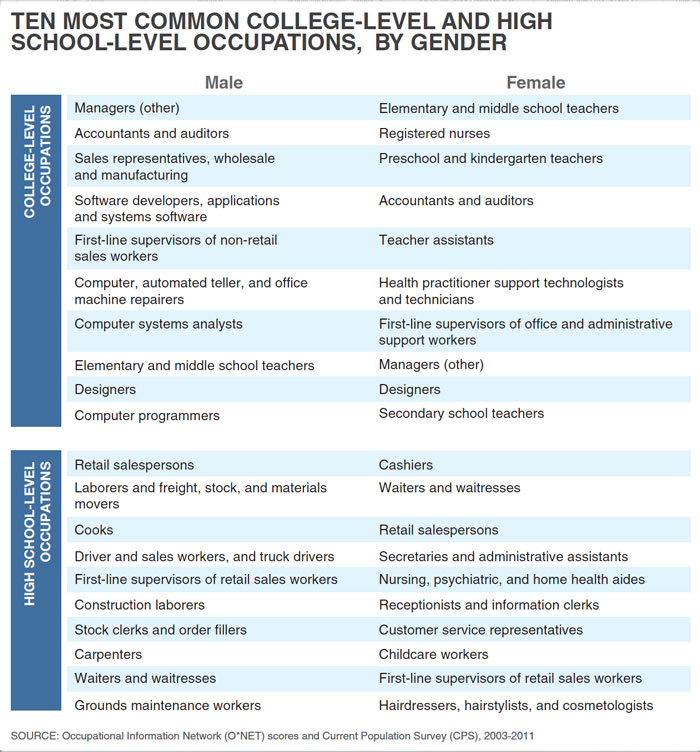Obama, Higher Education and Economic Mobility
As part of a two-state, three-campus bus tour, President Barack Obama on August 22, 2013 unveiled a plan to make student loans more affordable and to reduce the cost of higher education.
"Higher education cannot be a luxury," Obama said in his speech at the State University of New York at Buffalo. “It's an economic imperative: Every family in America should be able to afford to get it."
Obama set forth a proposal to "shake up" the education system in the United States. His plan would establish a ranking system for colleges based on criteria such as tuition rates, number of students who graduate and their incomes, and percentage of lower-income students. The amount of federal funding and affordable loans that a student receives would be contingent on the college's ranking.
Obama said his plan addresses the issue of graduates leaving college saddled with debt from student loans. "We're going to make sure that if you have to take on debt to earn your college degree that you have ways to manage and afford it," he said.
Research has shown the power of a college education to both promote upward mobility and prevent downward mobility. The chances of moving from the bottom of the family income ladder all the way to the top are three times greater for someone with a college degree than for someone lacking one. Even during the pressures of the recent recession, college grads were able to count on far higher earnings and lower unemployment rates than their less-credentialed counterparts.
Erin Currier, director, Pew's economic mobility project
Additional resources:
- How much protection does a college degree afford? Recent college graduates weathered the recession more successfully than less-educated groups.
- Is college the key to economic mobility? College education is a critical factor in promoting upward economic mobility, especially for poor and low-income individuals. However, the enrollment and graduation rates of poor and low-income students remain significantly behind those of their middle- and upper-income peers.
- Making college more affordable: Governors and state legislatures around the country are taking steps to make college more affordable and accessible as Congress grapples with student loan interest rates.
- Pursuing the American dream: A four-year college degree promotes upward mobility from the bottom and prevents downward mobility from the middle and the top.












